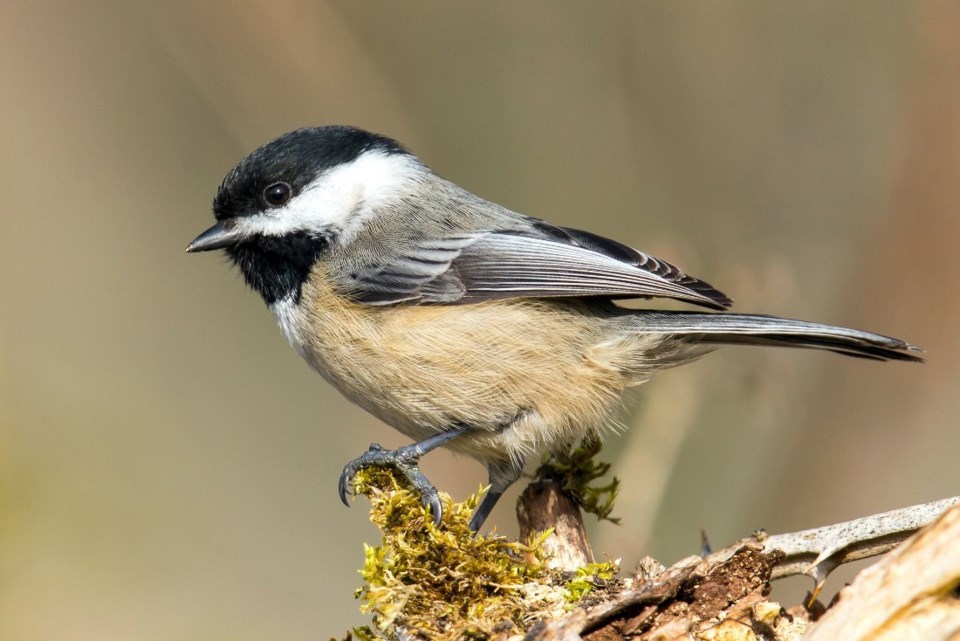In general terms on the Sunshine Coast, among land birds, winter is the season of the seed-eaters, while summer is the season of the insectivores. During the winter many of our commonest birds are species such as sparrows, towhees, juncos, siskins and finches, which thrive on seed sources such as blackberries, grasses and weeds, alders, etc. – and let’s not forget bird feeders. Even in the winter a few species get by on insects; the Pacific wren, for example, feeds on spiders. Some birds such as chickadees are omnivores and take both seeds and insects. In the springtime as our weather warms, thousands of species of insects hatch and the insectivorous birds return from the south.
Chief among the insectivores are familiar species such as the swallows (six species locally), the warblers (eight local species) and the flycatchers (five common species). Even hummingbirds eat insects for their protein. The swallow family begins to return to the Sunshine Coast in March (violet-green and tree swallows), with rough-wings and purple martins arriving in April, and barn swallows in late April and May. The warbler family begins to arrive in mid-March with the first yellow-rumps, followed by orange-crowned and common yellowthroats in the second week of April, black-throated grey and Townsend’s about the 18th, Wilson’s and MacGillivray’s around May 1 and finally yellow warbler in mid-May. The flycatcher family arrives from about April 20 (Hammond’s and Pacific-slope), with willow flycatcher a late arrival after May 18.
There are winter resident species and summer resident species but some birds only visit us while passing through our area en route to northern or southern destinations. In the week from March 24 to April 2, there was a remarkable sequence of sightings of uncommon (but not rare) migrant finches. On March 24, Jerry Rolls first reported a snow bunting on the Roberts Creek jetty. The bird remained there for four days and was seen and photographed by numerous people. Then Ian McConnell located a grey-crowned rosy finch on the road to Dakota Ridge (photographed), and a visitor photographed a Lapland longspur on the beach at Mission Point. This species is one of Canada’s commonest birds (in the millions) but is rarely seen by most people as it breeds all across northern Canada in remote tundra locations.
The first migrant snow goose flock was reported flying north along the Strait on April 6. Watch for many more flocks over the next two to three weeks. To report your sighting or questions, contact tony@whiskeyjacknaturetours.com or 604-885-5539.



